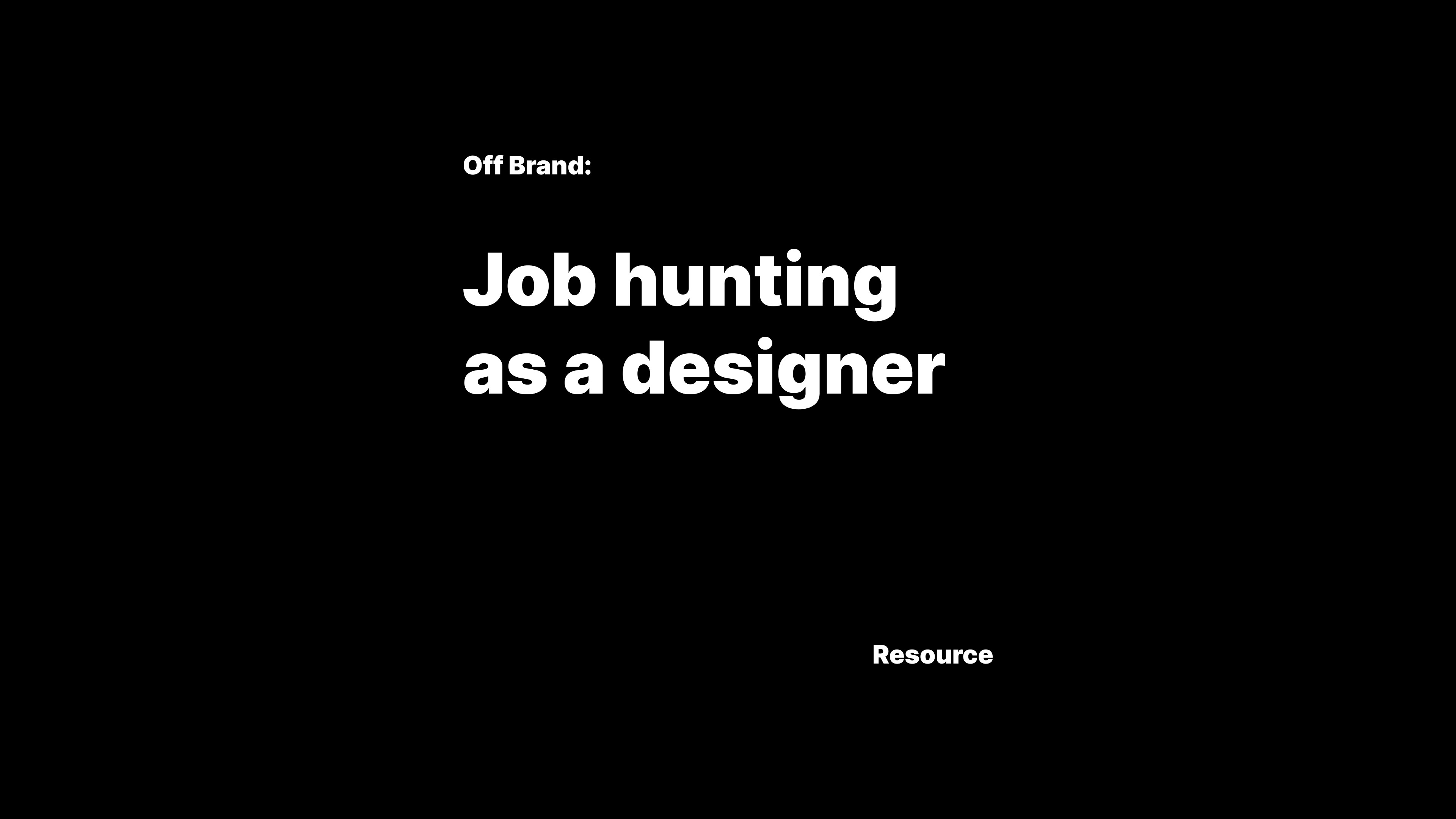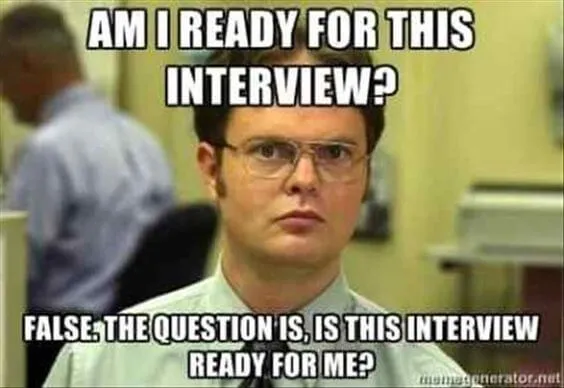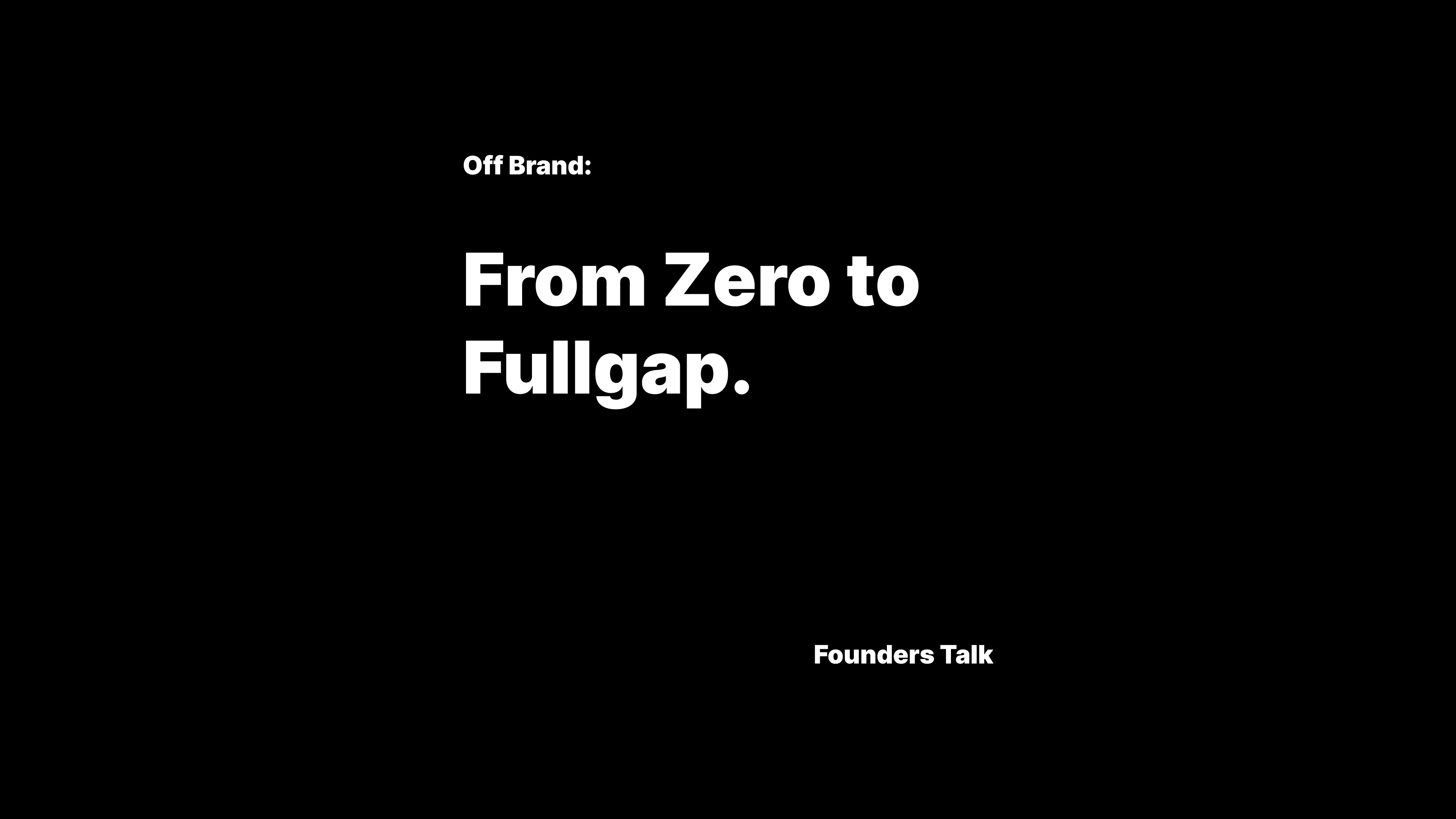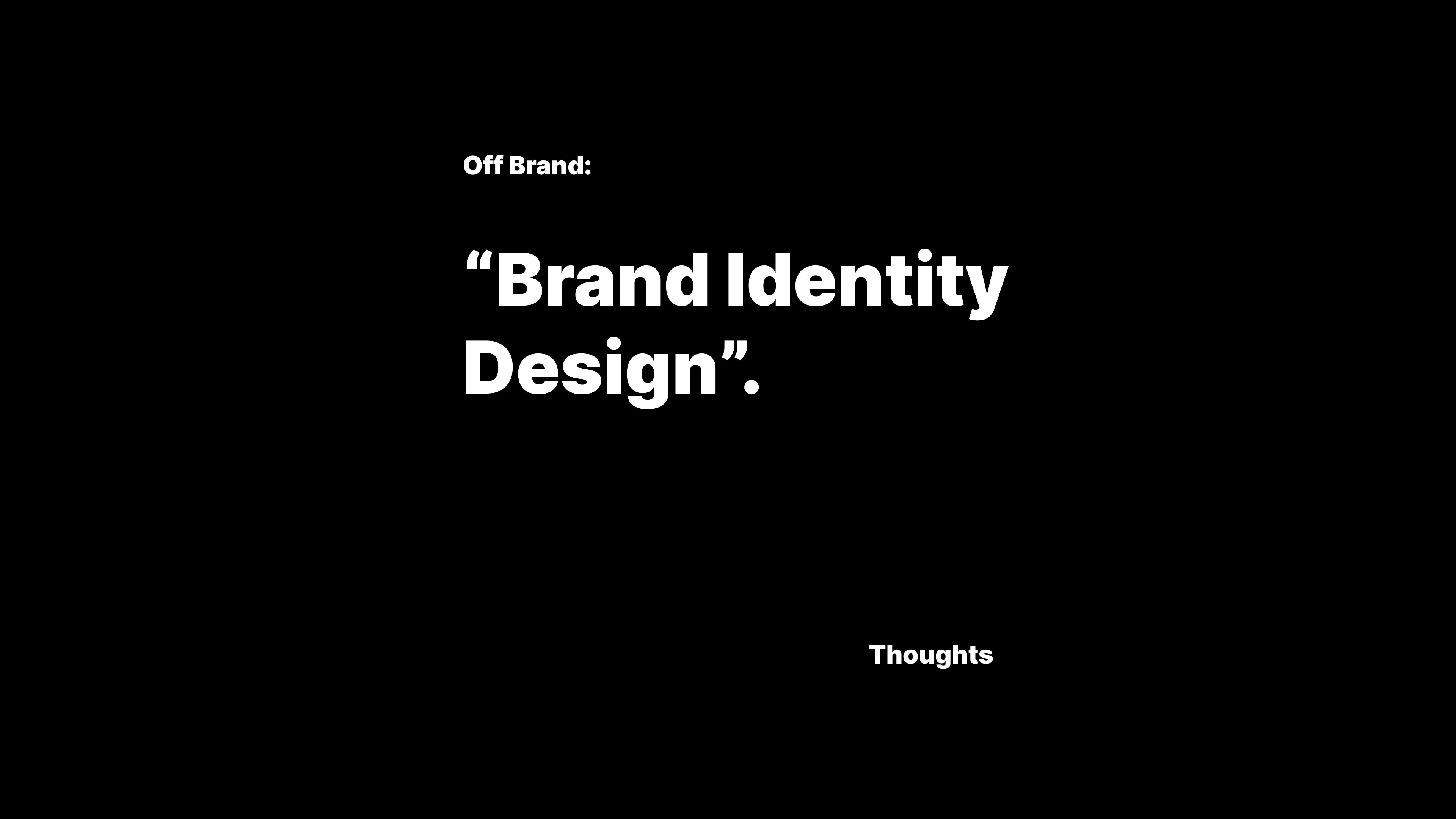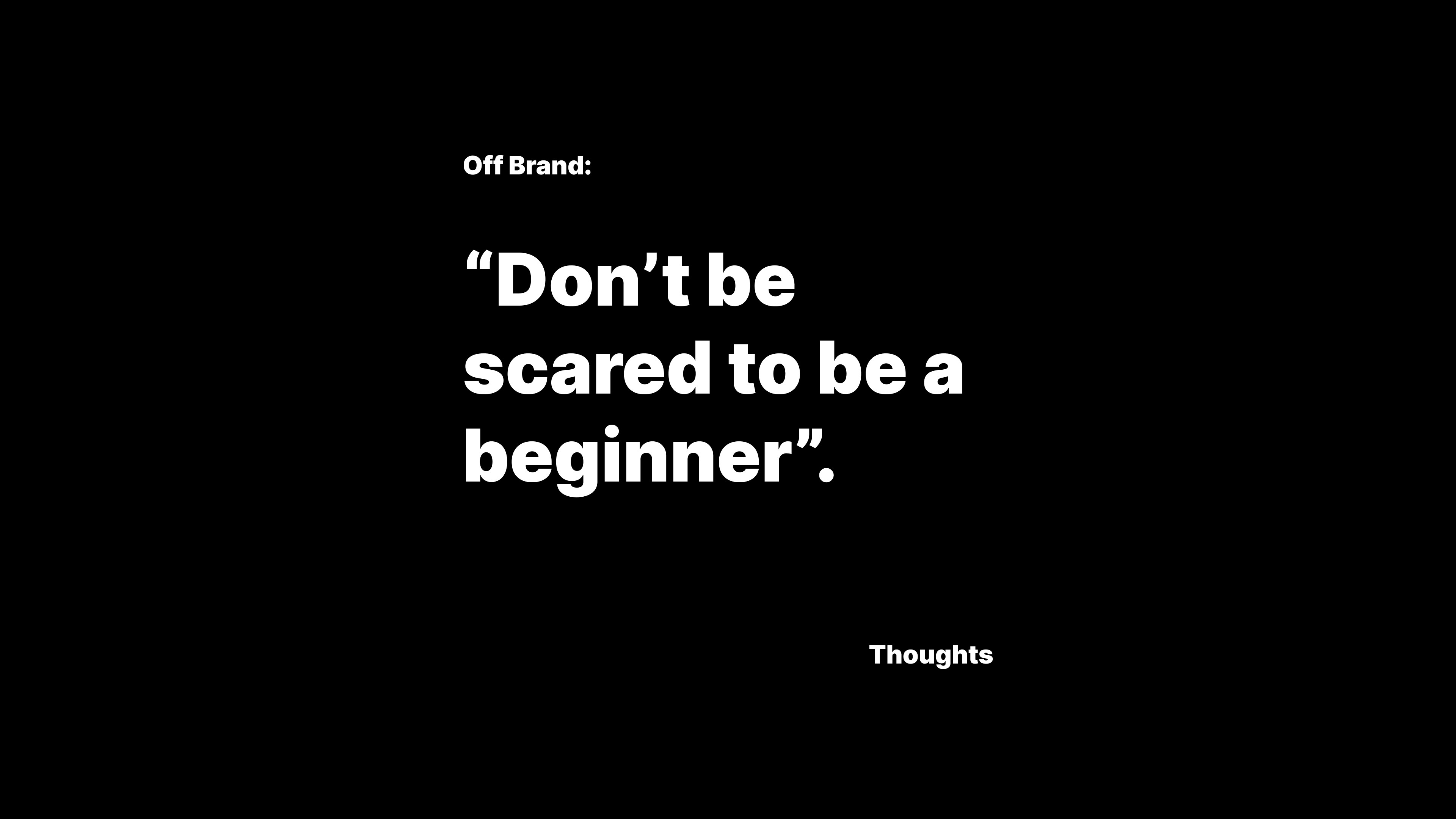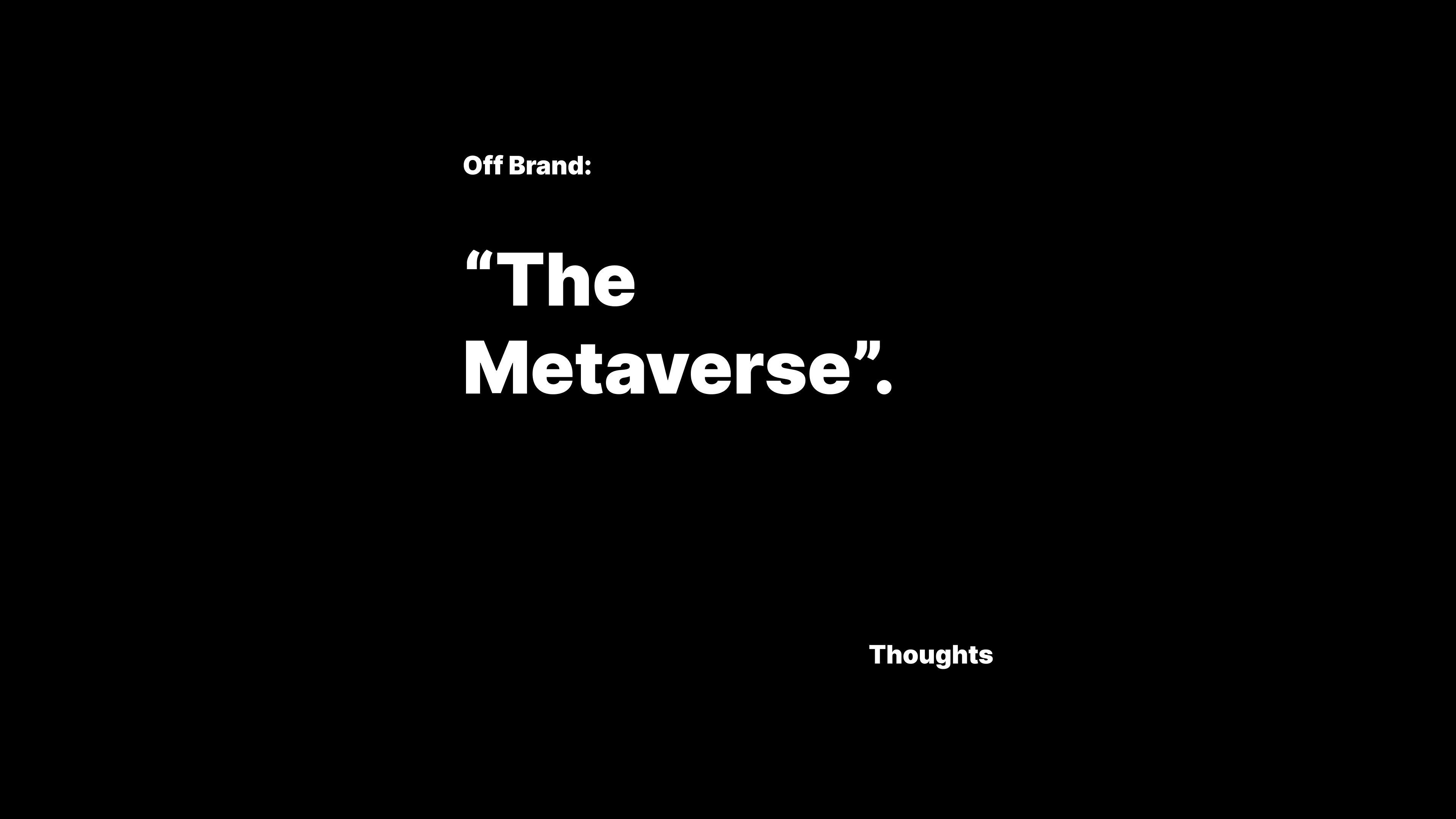So I made a decision to quit both jobs, let us understand that I do not have any money coming from anywhere(that includes parents too), so I'm not speaking from a place of privilege but can understand what it means to be hopelessly broke, fast forward to when I’m writing this, my average monthly income revolves around ….. you were really expecting I will tell you my salary?😂😂😂, Let’s just say for a Nigerian economy I’m in the upper middle class. So, how did I do it? How did I navigate through the Job hunting process? I felt I should share.
1. Building my portfolio
As a designer who was roughly inexperienced, I was trying as much as I could to get the attention of projects to add to my portfolio but it was the constant paradox of wanting clients to add to your portfolio but there wasn’t any client because you didn’t have a solid portfolio and in turn you couldn’t get a decent paying job because the only ones who will approach you are offering the lowest pay possible.
So what did I do? I started reaching out to companies to do a rebrand of their companies and develop a coherent identity system for free, yes, for free!. I know many school of thought will disagree with my decision, well, I had to do what I had to do and if we really think of it, You really want to look at the current industry for newbies from the lens of an industry leader who started when there was very few competition? A time will come and my advice will also become invalid because I may be stuck in my own bubble and privileges that comes with it.
Taking this approach I was able to move from only one project to handling 2 free projects which really caught the attention of the folks I wanted and 5 paid projects came as a result. Please keep in mind that these two companies were folks I specifically chose myself and you might wonder “why not just make up a fictional company and run your practice project?”, well, here is what I think, there’s a difference between presenting to clients, understanding their business needs and the limitations of your design application with regards to their marketing budget, the experience of how to talk in a professional setting, how to communicate with teams etc doesn’t come with a “fictional project”.
"
The constant paradox of wanting clients to add to your portfolio but there wasn’t any client
2. Presenting my portfolio
Building a list of clientele and compiling the projects into a portfolio are two different games, it’s like you are done with the checkers and you are now playing chess, they may look similar but they aren't, They are portfolios everywhere but they are few good portfolios.
After getting a solid base of projects it was time to compile them into one place I could easily share with recruiters and prospective job offers, I had to ask around to know how designers presented their own portfolios, I got many feedback some use only behance, some used only notion, some just uploaded the different files into one drive link while some used their website as their portfolio, each had it’s advantages and downsides but after getting confused I decided to reach out to some recruiters to inquire where they mostly prefer to access the portfolio of designers, I got a shocking reply “PDFs”, yes the traditional menace hasn’t gone away but this time it should be easy to access, they also prioritized different things over “How beautiful it looks”, these things included:
How simple is it to access and navigate?
How practical are your design decisions?
Can you explain why you made some design decisions?
Any sign of collaborative and team work traits in your process?
How good are your presentation skills?
Well, putting all this into account I resolved to do 3 things, I made a personal website to appear more professional (I used editor X and its hosted for free), I used behance for elaborate and visually appealing presentations with little attention to design strategy and finally I created a pdf portfolio(which took nearly a month) uploaded it on Dropbox and created a shortlink that I could share anytime.
"
Building a list of clientele and compiling the projects into a portfolio are two different games
3. Starting the Job hunting process.
I will not pretend it was simple and straight forward, it was emotionally demanding and I sometimes felt like crying, I did infact cry many times(after all my friends had gone home, I would pray and cry myself to sleep) but it was because I was trying the fire brigade approach rather than the smart way. Now the first thing, I had to change was how I applied for jobs? formerly I would click any link, send my portfolio on linkedn and wait for the rejection mail and sure they did pour in but I made a switch to that, first, I started filtering places I even took into consideration, I avoided big companies and went for companies that suited my personality in their brand messaging.
You see, I’m a very jovial person, I like to have a good relationship with my workmates and boss without that I will burn out and start seeing the work as a chore which I will eventually grow to hate, Linkedn didn’t help either, The corporate tonality, constant need to be “professional” and cooked up stories about work experiences wasn’t cutting it for me, don’t get me started on the lies people make on their bios, so I made a switch to my strong base “twitter”, I reached out to many of my senior colleagues and told them I was interested in getting a Job as a brand designer and was on the look out for opportunities that suited my personality.
You have to remember that about 70% of jobs never get announced and are occupied based on referrals behind the scene, You need to get behind the scene.
That was where it all changed, I started getting interviews and my portfolio began to play its’s role, which is getting me into the interview room or call.
Please note that LinkedIn didn’t work for me because it doesn’t suit my personality, It doesn’t take a way the fact that LinkedIn is the most powerful networking platform for professionals, I have a well structured LinkedIn profile, Your best bet if push comes to shove is to be on LinkedIn.
"
You are qualified for the job, otherwise they won’t even bother calling you
4. Acing the Interview
Interviews from the companies you like come rarely show up, sometimes they hold the offer you have always hoped and dreamed of. So, let’s imagine that the previous three hurdles have been successfully leaped over and you have an interview from the company you know you want to work for.
What do you do?Now there are three things you have to note before going into the interview.
a. You are qualified for the job, otherwise they won’t even bother calling you for the interview. Shake off that imposter syndrome.
b. Your number one aim is to make a lasting positive impression, They will be other people they are interviewing, you should stand out from the crowd that will give the same replies to “Tell me about yourself”.
c. People more qualified than you are also applying for that role and they will outmuscle you if it comes to design, Your best strategy is to outsmart and outwork them.
Having these three things in mind gives you the plan for your strategy, so here is what I do before every interview.
a. I research thoroughly about the company, trust me, I mean down to the history of the company, The founders, Listen to the founders podcasts, read their newsletters, find out their team members, company values etc everything down to the last toilet the company buys.The key is to know more about the person sitting infront of you than the person knows about you, That’s the first key to a successful negotiation.
b. I analyze their design system, create a draft of their design system, the strengths, weaknesses and how to improve on them, then compile all this into a quick 10 slide deck ahead of the interview.
c. I always come early to the Interview, It doesn’t matter if it is an online video call, I open the video link and leave it running maybe 20–10 minutes before the interview time.
d. During the interview I speak like I am already in the job position, most of my references and portfolio run through are in line with the companies current needs and problems, I also inform the interviewer that I’ve made a deck of the current design system and was wondering if I could present it and also ask questions about the company priorities, room for growth within the company and their plan for investing in me as their employee.
I have a 100% success rate in the interviews I’ve attended and always go on to speak to the founders and discuss the terms of employment which I may then pull out if they don’t favour me.
5. Know when to compromise
It might be unlikely you will get a job that satisfies all your financial needs, so i would advise that if you come across a decent offer that could sustain you, take it. why? This not only helps you keep yourself afloat but also gives you room to negotiate better in other job interviews because you know you can turn it down without going hungry or starving.Another thing is that, You should run from jobs that have a toxic work environment, Trust me no matter how much they pay it will take a greater cost later in the future.Avoid opportunistic clowns, One work place offered me a job of 8am-5pm, from monday to saturday and the pay would be 50,000. It doesn’t take a magician to notice that you will bleed till death on the floor before you satisfy them.
I possibly can’t fully cover the entire details it would need to answer every question about job hunting, so if you have any questions? I am more than happy to reply, Thanks for reading through.. till some other time.
Cheers.
